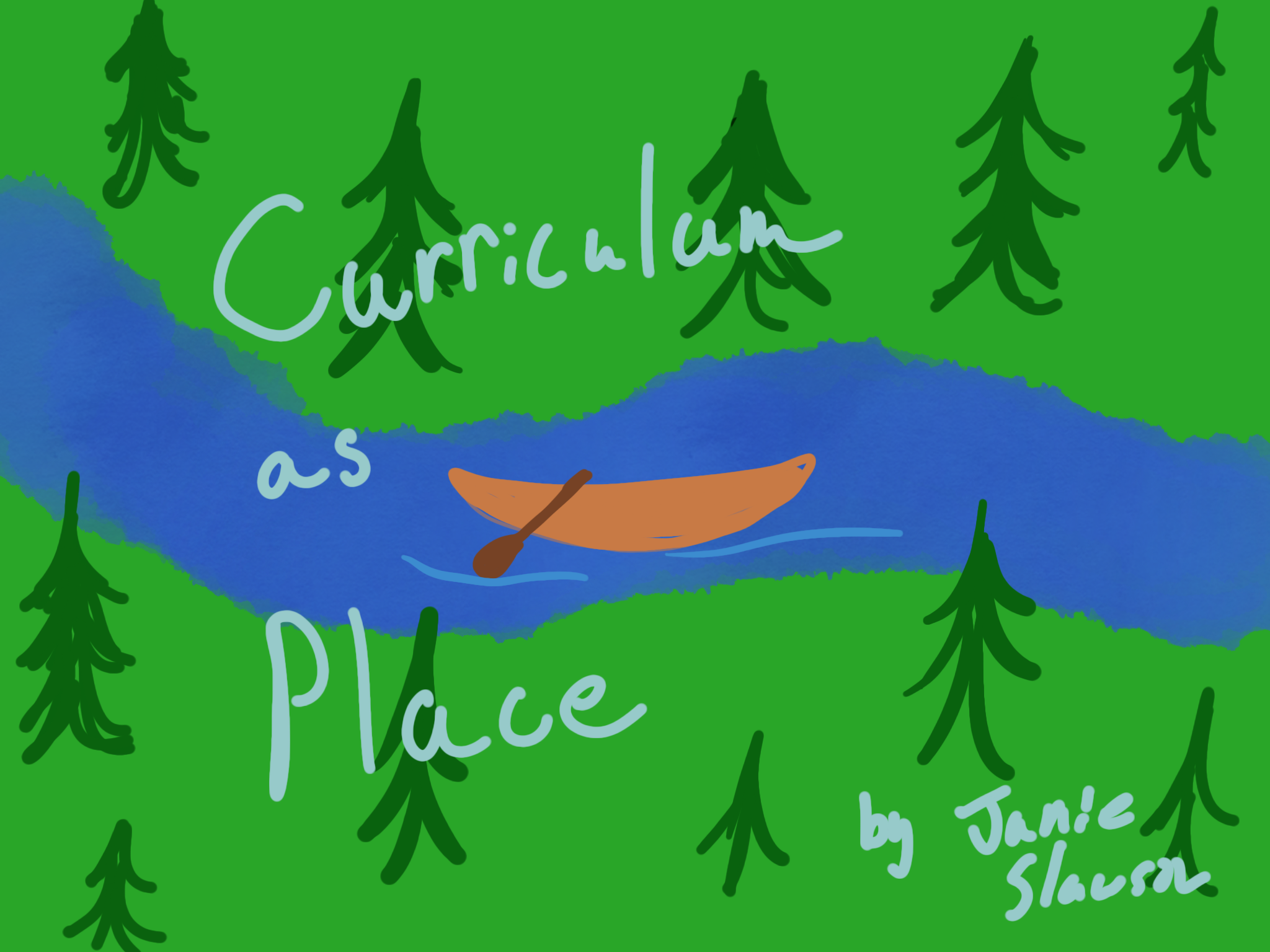
In response to a student teachers concerns raised about the lax attitude towards teaching Treaty Education answer the following questions:
1. What is the purpose of teaching Treaty Ed (specifically) or First Nations, Metis, and Inuit (FNMI) Content and Perspectives (generally) where there are few or no First Nations, Metis, Inuit peoples?
I believe the purpose is to start bridging the gap of an “Us” and “Them” mentality regarding non-First Nations and First Nations people. When students are brought up with little knowledge of FN, Métis, and Inuit perspectives it can be easier for us to ignore the many ways Canadian society is biased against perspectives outside of the settler norm.
Another big reason is that it is often overlooked that First Nations and Inuit people were the original occupiers of the land, and that Canada owes most of its identity to the ways Indigenous peoples were stewards of the land. When we are only taught that history begins when settlers occupy what would eventually be Canada, we are ignoring the original perspectives of the people who were here long before.
I know I was not aware of the Treaties during my time in schools, and this left me ignorant to many of the ways we have a societal bias in the ways First Nations people are treated and the adversities it leaves them to overcome. I want my students to have an understanding so that as they move though secondary and post-secondary education, they can have a better understanding of the ways Treaties were meant to establish a sharing of the land between settlers and First Nation problems, and how that has actually been enacted as a displacement of First Nation peoples.
2. What does it mean for your understanding of curriculum that “We are all treaty people”?
In my understanding of curriculum “We are all Treaty people” means that we all equally share the land we occupy, and thus all carry the rights and responsibilities of being part of the treaty. If we do not teach what entailed the creation of treaties, what they continue to mean, and how treaties are still shaping the world we live in, our students will remain ignorant of these rights and responsibilities.
This understanding will also help to deconstruct some of the racial bias that can be a part of our Canadian identities. Incorporating Treaty Education into our curriculum helps us to take part in creating a more equitable curriculum for all our students.
Dwayne Donald mentions many of our students feel they do not have a culture (https://vimeo.com/15264558). Really we are all Canadian, whether that be a settler identity, First Nations, Métis, Inuit, or a recent immigrant to Canada, when we know the history of the land we are on, we can see how we all share a common identity as Treaty People.
Please see this link to read Cynthia Chambers’ article this post is a response to: https://drive.google.com/file/d/1RpFQAVShNlNLA9u6aXv7udGnzTGk5LNN/view

